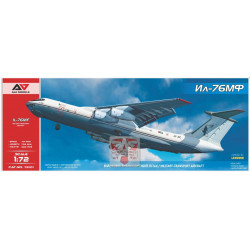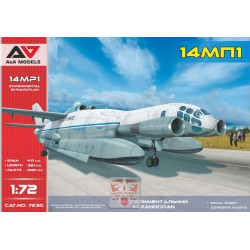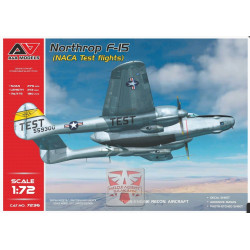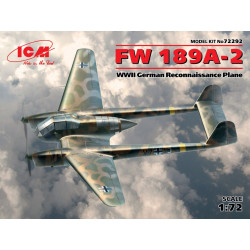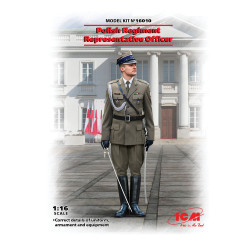









Tupolev-144D "Charger", Soviet Supersonic Passenger Aircraft
1/144 WWI military ship boat scale plastic model kit
ICM 14402
High-quality details.
Manufacturer: ICM Models (Ukraine)
Scale: 1/144
Material: Plastic
Length: 503 mm
Paint: Unpainted, Unassembled, Kit do not contain paints and glue.
Condition: New in Box
The Tupolev Tu-144 (NATO name: "Charger'") was the first commercialsupersonic transport aircraft (SST). It was one of only two SSTs to enter commercial service, the other being the Anglo-French Concorde. The design, publicly unveiled in January 1962, was constructed in the Soviet Union under the direction of the Tupolev design bureau, headed by Alexei Tupolev.
The prototype first flew on 31 December 1968 near Moscow, two months before the first flight of Concorde. The Tu-144 first went supersonic on 5 June 1969, and on 26 May 1970 became the first commercial transport to exceedMach 2. The frequent comparisons to Concorde led to the Tu-144 being known as "Concordski" in the West.
A Tu-144 crashed in 1973 at the Paris Air Show, delaying its further development. The aircraft was introduced into passenger service on 1 November 1977, almost two years after Concorde. In May 1978, another Tu-144 (an improved version, named Tu-144D) crashed in a test flight while being delivered, and the passenger fleet was permanently grounded after only 55 scheduled flights. The aircraft remained in use as a cargo plane until 1983, by which point a total of 102 commercial flights had been completed. The Tu-144 was later used by the Soviet space programme to train pilots of the Buranspacecraft, and by NASA for supersonic research.Moving the elevons downward in a delta-wing aircraft increases the lift, but also pitches its nose downward. The canard cancels out this nose-downwards moment, thus reducing the landing speed of the production Tu-144s to 315–333 km/h (196–207 mph; 170–180 kn), still faster than that of Concorde. The NASA study lists final approach speeds during Tu-144LL test flights as 315–335 km/h (196–208 mph; 170–181 kn), however these were approach speeds exercised during test flights specifically intended to study landing effects at maximum possible range of speeds, regardless of how hard and stable the landing can be. As to regular landings, FAA circular lists Tu-144S approach speed as 329 km/h (204 mph; 178 kn), as opposed to Concorde's approach speed of 300 km/h (190 mph; 160 kn), based on the characteristics declared by the manufacturers to Western regulatory bodies. It is open to argument how stable the Tu-144S was at the listed airspeed. In any event, when NASA subcontracted Tupolev bureau in the 1990s to convert one of the remaining Tu-144D to a Tu-144LL standard, the procedure set by Tupolev for landing defined the Tu-144LL "final approach speed... on the order of 360 km/hr depending on fuel weight." Brian Calvert, Concorde's technical flight manager and its first commercial pilot in command for several inaugural flights, cites final approach speed of a typical Concorde landing to be 287–296 km/h (178–184 mph; 155–160 kn). The lower landing speed compared to Tu-144 is due to Concorde's more refined design of the wing profile that provides higher lift at low speeds without degrading supersonic cruise performance – a feature often mentioned in Western publications on Concorde and acknowledged by Tupolev designers as well.
Tu-144
Tu-144 prototype inflight on 1 February 1969
Role
Supersonic airliner
Manufacturer
Tupolev OKB
First flight
31 December 1968
Introduction
26 December 1975
Status
Retired
Primary users
Aeroflot
Ministry of Aviation Production
NASA
Produced
1968–1984
Number built
16
| General Product Info | |
| Material | Plastic |
| Scale | 1/144 |
| Type | Civil |
We have the lowest worldwide shipping. And it's totally simple.
EUROPE, USA, CANADA TURKEY, ISRAEL, EGYPT, UE CHINA, JAPAN, HK, S.KOREA | AU NZ MX South America, Asia | |
| Order weight up to 0.22kg or 0.48lb | US$ 8.90 | US$ 8.90 |
| Order weight up to 0.44kg or 0.97lb | US$ 13.95 | US$ 17.90 |
| Order weight over 0.44kg or 0.97lb | US$ 19.99 | US$ 29.99 |
| Order total over $150 | FREE | PROMO US$ 19.99 |
Shipping to some countries not qualifies for the free shipping option but costs not over $29.99 for any sized order. Sorry for that, your location is too far.
- Stock: Out Of Stock
- Model: ICM14402
- Weight: 1.31lb
- DATE ADDED: 27/02/2014








-250x250w.jpg)
















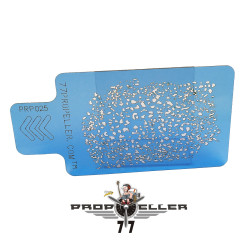






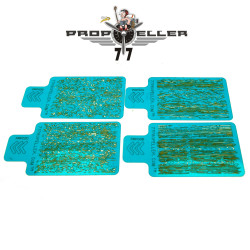








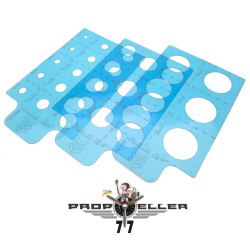





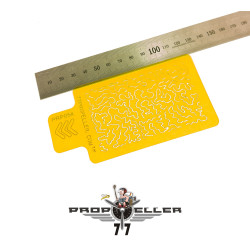
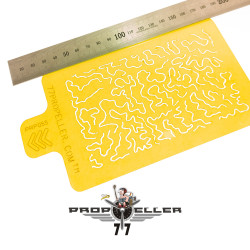

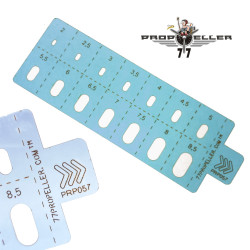





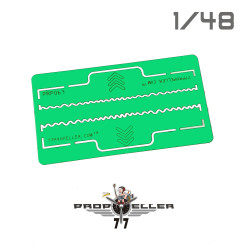


















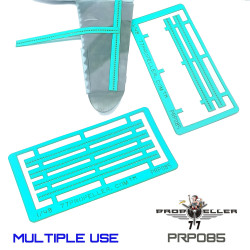
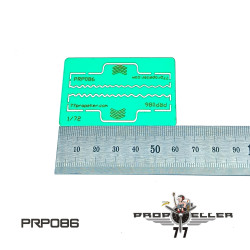

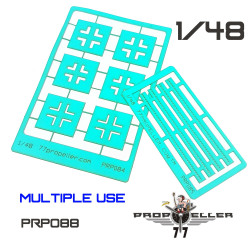






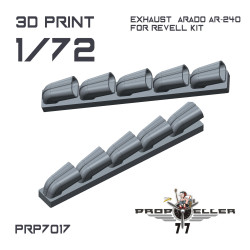

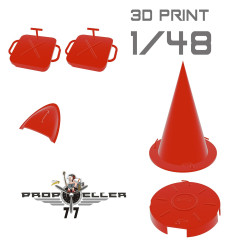




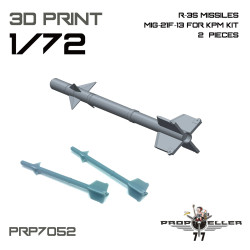
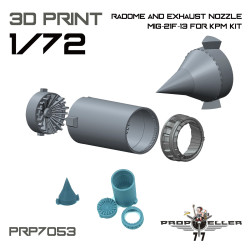








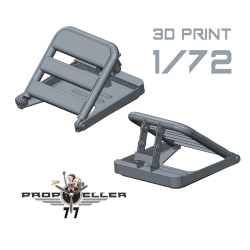























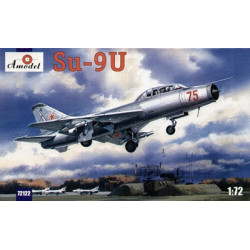

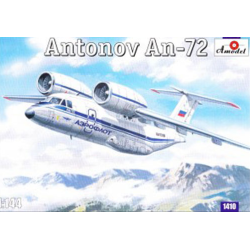

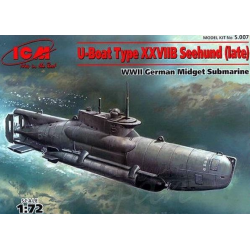









-250x250w.jpg)


















